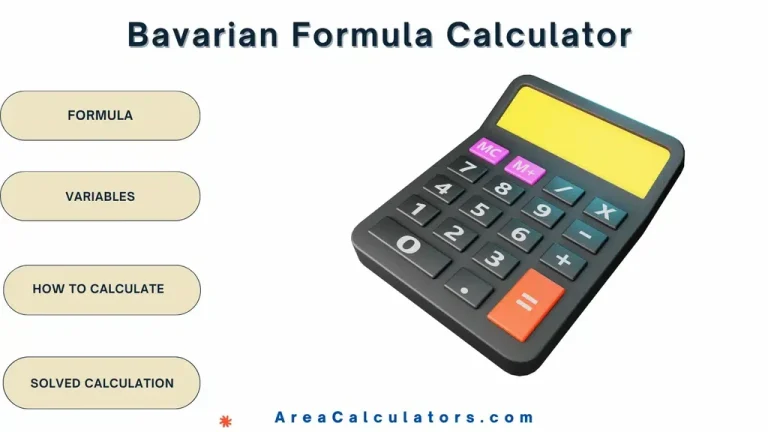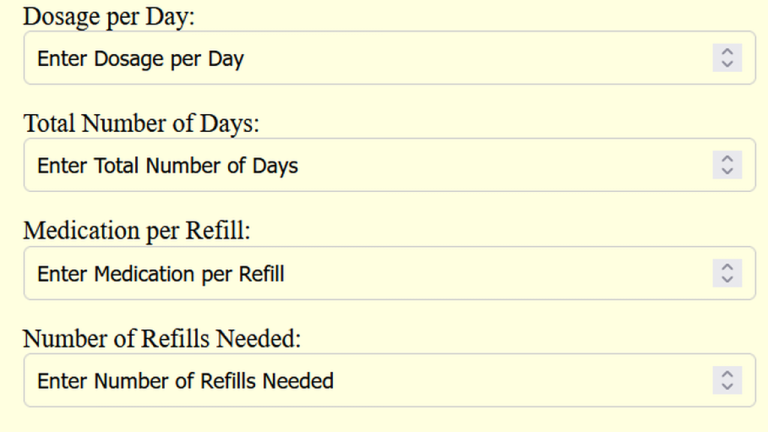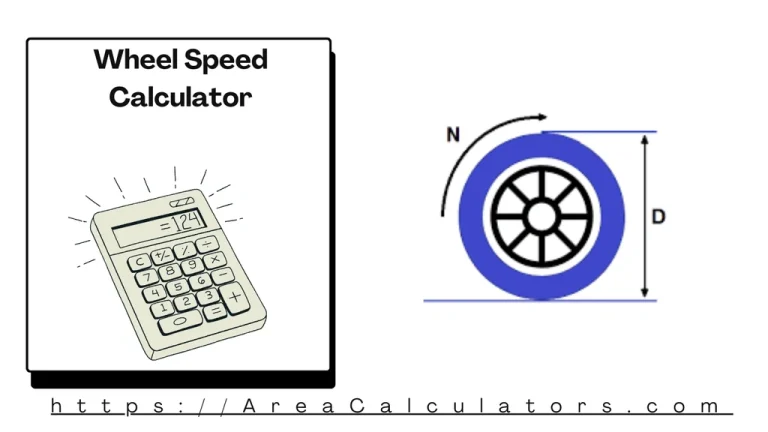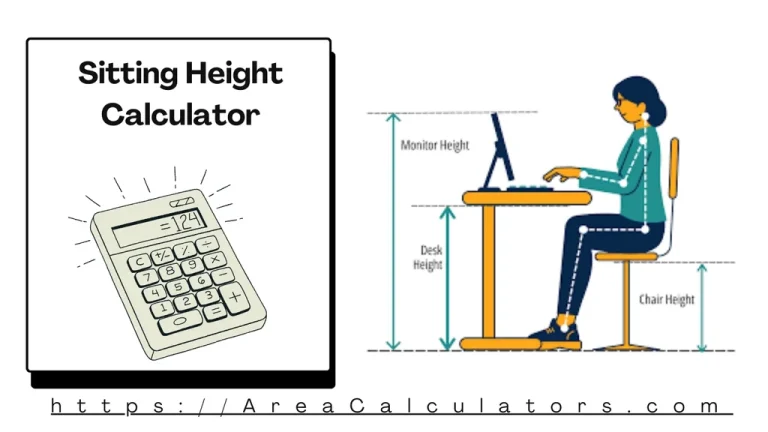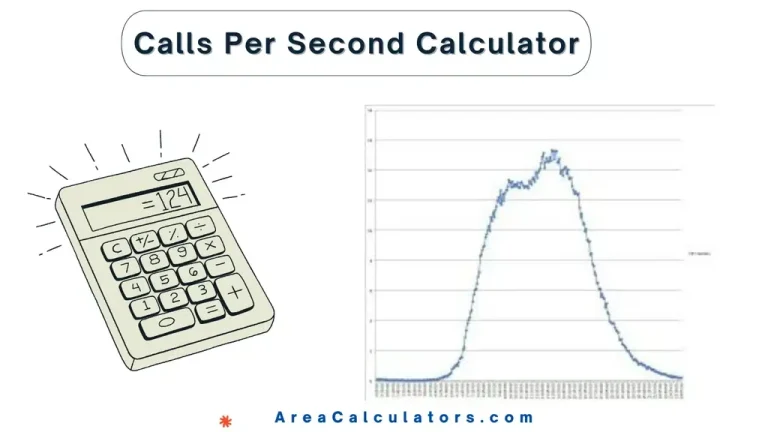Cardioid Area Calculator
To calculate the cardioid area, multiply 6 by pi and the square of the parameter a. This simple multiplication gives the total area of the cardioid.
A cardioid is a heart-shaped curve commonly encountered in polar coordinates. It’s important in both mathematics and physics, particularly in areas involving polar curves. Calculating the area of a cardioid is useful for finding enclosed regions or comparing it with other shapes, such as circles or limacons.
Thus, by using the cardioid area formula, you can determine the exact area inside the curve. The formula involves multiplying a constant by the square of a parameter a, making it easy to calculate the total enclosed area.
Formula:
| Variable | Description |
|---|---|
| CRA | Cardioid Area (square units) |
| a | Parameter of the cardioid |
Solved Calculations
Example 1
| Step | Calculation |
|---|---|
| Parameter (a) | 2 |
| Square of a | 22=4 |
| Multiply by 6 and pi | square units |
Example 2
| Step | Calculation |
|---|---|
| Parameter (a) | 3 |
| Square of a | 32=9 |
| Multiply by 6 and pi | 6×3.14×9=169.56 square units |
What is a Cardioid Area Calculator?
A cardioid area calculator is a great tool to measure cardioid–a heart-shaped curve that is often studied in polar coordinates. To calculate the area of a cardioid requires understanding how polar curves work. Using a cardioid area calculator can simplify this process by helping you determine the area inside or outside the curve.
The cardioid area formula is typically used in cases involving complex shapes, such as finding the area between a circle and a cardioid.
Regardless of your work with polar curves or the calculation of the space within a cardioid, a tool like the cardioid area calculator makes the math easier.
These calculators also help when solving for areas between two cardioids or for the length of a polar curve. With a clear understanding of the cardioid polar equation, you can work out areas, lengths, and more with precision.
Final Words:
To end up, using a cardioid area calculator helps simplify the complex calculations involved in finding the area inside or outside the curve. It makes it easy to handle polar coordinates and other related computations finely.

